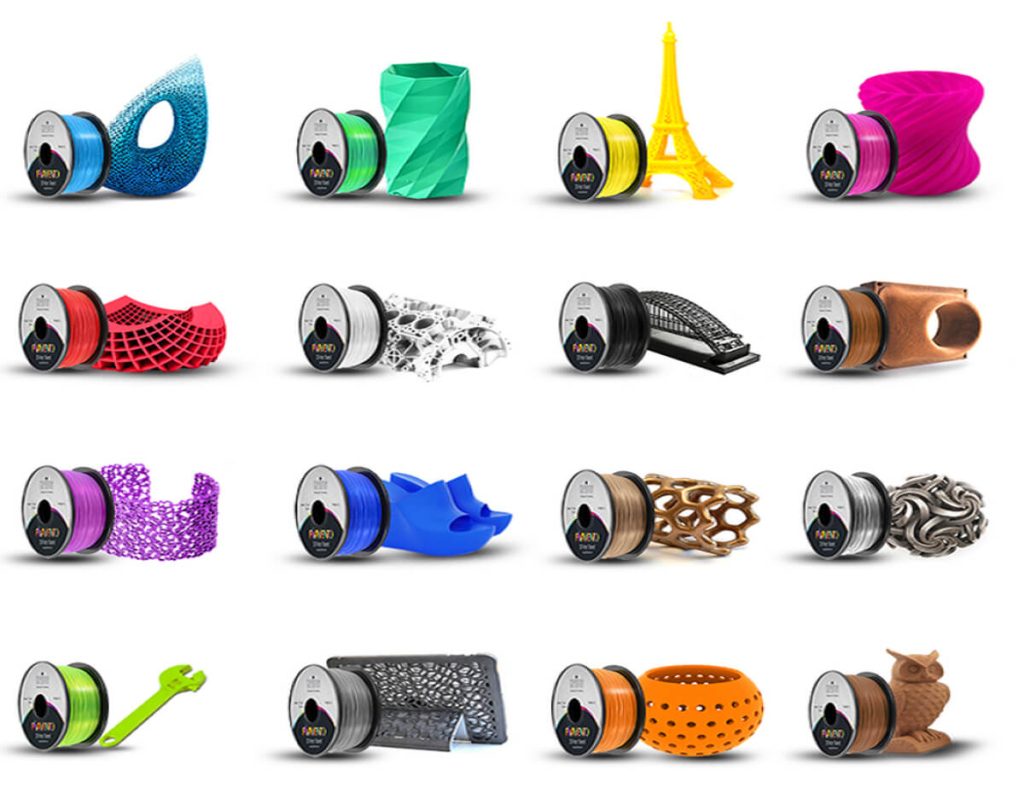In recent years, 3D printing technology has revolutionized various industries, enabling the creation of intricate and customized objects. One of the key factors contributing to the versatility of 3D printing is the wide range of materials available. While many materials can be used in 3D printing, this article will focus specifically on flexible materials. In this comprehensive guide, we will delve into the world of flexible 3D printing materials, exploring their characteristics, applications, and the latest advancements in the field.
- Understanding Flexible 3D Printing Materials:
Flexible 3D printing materials, also known as elastomers, are designed to exhibit elasticity and resilience. These materials possess unique properties that allow them to bend, stretch, and recover their original shape. They are commonly used in applications that require flexibility, impact resistance, and durability. Some popular flexible 3D printing materials include thermoplastic polyurethane (TPU), thermoplastic elastomer (TPE), and flexible filaments like Ninjaflex and FlexPLA. - Characteristics and Properties:
Flexible 3D printing materials offer a range of characteristics that make them suitable for various applications. These materials typically have a Shore hardness rating, which measures their flexibility. Lower Shore hardness values indicate higher flexibility. Additionally, they exhibit excellent layer adhesion, allowing for the creation of complex and detailed prints. Flexible materials also offer good chemical resistance, making them suitable for applications in harsh environments. - Applications of Flexible 3D Printing Materials:
Flexible 3D printing materials find applications in a wide array of industries. Here are some notable examples:
a. Prototyping and Product Development: Flexible materials are ideal for prototyping and testing designs that require flexibility, such as wearable devices, shoe soles, and ergonomic grips.
b. Robotics and Prosthetics: The ability of flexible materials to mimic human-like movements makes them valuable in the development of robotic components and prosthetic limbs.
c. Medical and Healthcare: Flexible materials are used in the production of medical devices, such as custom-fit braces, orthotics, and prosthetic sockets, providing comfort and support to patients.
d. Automotive and Aerospace: Flexible materials are employed in the manufacturing of gaskets, seals, and vibration-damping components for vehicles and aircraft, enhancing performance and reducing noise.
- Advancements and Future Trends:
The field of flexible 3D printing materials continues to evolve, with ongoing research and development leading to exciting advancements. Some notable trends and future prospects include:
a. Multi-material Printing: Combining flexible materials with rigid ones in a single print opens up new possibilities for creating complex and functional objects.
b. Improved Material Properties: Researchers are working on enhancing the mechanical properties of flexible materials, aiming to achieve higher strength, elongation, and resistance to wear and tear.
c. Sustainable Materials: The development of eco-friendly and biodegradable flexible materials is gaining traction, aligning with the growing demand for sustainable manufacturing practices.
d. Customization and Personalization: As 3D printing technology becomes more accessible, the ability to create personalized and tailored products using flexible materials will become increasingly prevalent.
Conclusion:
Flexible 3D printing materials offer a world of possibilities for designers, engineers, and innovators across industries. Their unique properties and versatility make them indispensable for creating functional and customized objects. As research and development in this field continue to progress, we can expect even more exciting advancements and applications for flexible 3D printing materials in the future.

